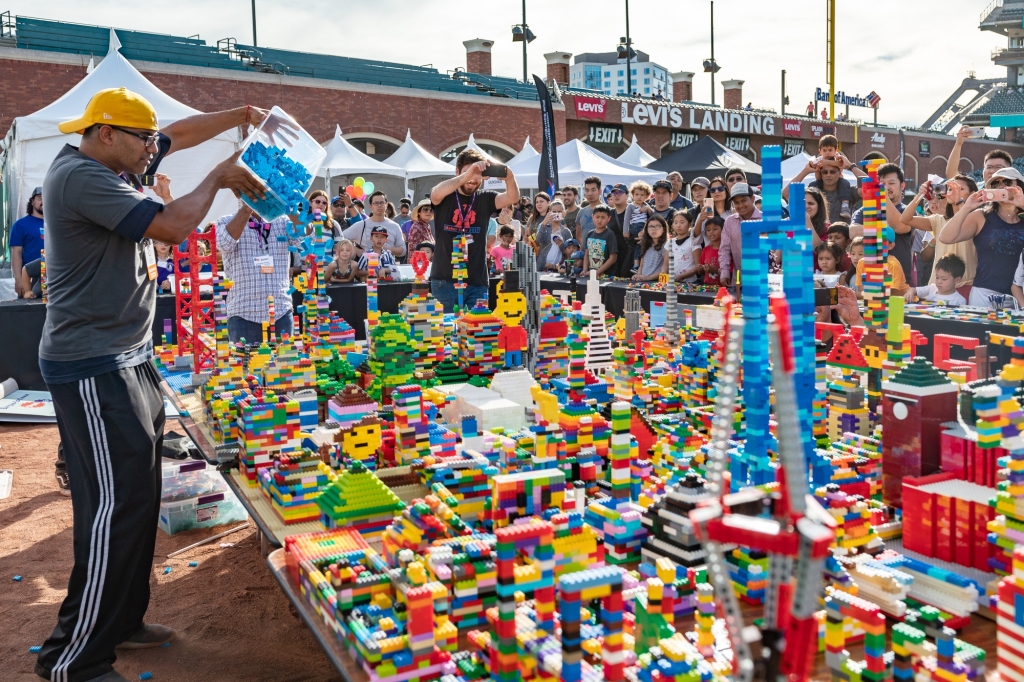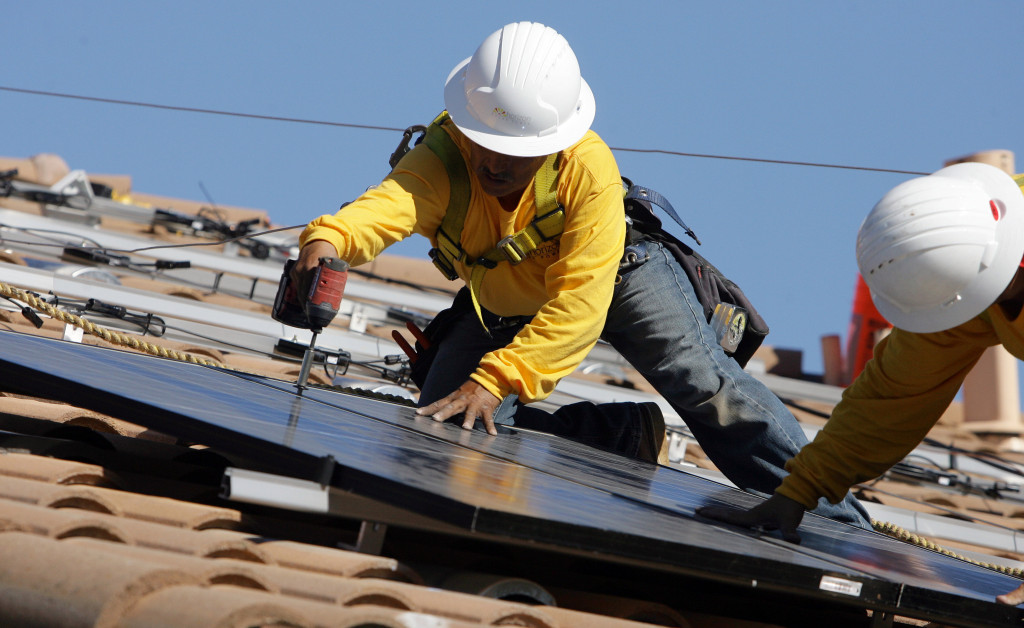This Sunday, you can walk on to the San Francisco Giants baseball field for free, without a ticket.
There won’t be any baseball players there. But you just might learn something. For the first time since 2019 due to the easing of the COVID pandemic, the Bay Area Science Festival, the largest educational event in Northern California, is returning with in-person activities.
Organizers expect 25,000 people to attend events starting Thursday and continuing until April 30.
The two main events are at from 11 a.m. to 4 p.m. Sunday at Oracle Park in San Francisco, and 11 a.m. to 4 p.m. on April 30 at the Cal State University East Bay Hayward campus.
Dozens of major institutions, including Stanford, UC Berkeley, UCSF, museums, park districts and large companies, will run hands-on exhibits at locations around the Bay Area.
Featured at the ballpark on Sunday: a Mars Rover, mini water tornadoes, robots and exhibits about how vaccines work. Organizers say the event is needed for kids now more than ever, as the world confronts challenges from climate change to new diseases.
They say the goals are to inspire kids about science, technology, engineering and math. And to raise awareness among the public about how science impacts daily life.
“You’ll see engineers, biologists, geologists — people from all backgrounds and ages who are doing science,” said Katherine Nielsen, co-founder of the Bay Area Science Festival, and a neurobiologist at UCSF. “In a short amount of time you can start to get a sense of how many different opportunities there are in science and hopefully spark some interest.”
For more information, including the full schedule, go to bayareasciencefestival.org
Admission to most events, including Sunday’s on the field at Oracle Park, is free. Proof of vaccine for everyone 5 and over is required for entry at the ballpark event.

There will be dozens of lectures, tours, hands-on exhibits, hikes and other events around the Bay Area over the 10-day period. At UCSF, scientists will explain pathogens and medical research, 3D printing, nanotech, genome editing and other ongoing research.
At Hiller Aviation Museum in San Carlos, there will be water rockets and discussions of jet propulsion.
At the Exploratorium, a feature on dark matter.
This year is the 11th year the Bay Area Science Festival has been held. It was cancelled last year, and held virtually in 2020, due to COVID. Some exhibits this year are virtual, including tours of the SLAC National Accelerator Laboratory at Stanford, and tours of UCSF medical research labs. But much of it is in person.
Organizers decided to hold the big annual science-palooza in the spring from now on, instead of the fall, as in the past, due to wildfires that are being made worse by California’s drought and climate change.
“Events in the fall were canceled because of power shut-offs, and we were worried a couple of years because of the air quality,” Nielsen said.
There are roughly 100 similar science festivals that take place every year around the United States.
Such science jamborees are key, experts say, to help inspire kids, connect them with possible careers, and help the public learn more about the world around them.
“Science education should be a national priority. It isn’t right now,” said Claudio Vargas, a retired elementary school teacher and former science coordinator at Oakland Unified School District. “Science festivals really raise awareness of science in everyday life, and show how we can learn science through our own experiences, not just books and videos.”
Vargas, who has a degree in physiology and who worked at UCSF before embarking on a second career teaching, noted that recent studies have shown that California schools teach as little as 20 minutes a week of science to elementary school children.
Teachers are focused on math and English, which have more regular standardized testing, he noted.
“Making decisions based on evidence is important for everybody,” said Vargas, who serves on the board of the California Association of Science Educators. “Scientific literacy elevates the quality of decision making, and helps to preserve a fully functioning democracy. And science is essential in solving problems and understanding the world around us. Science is also crucial for engaging kids, so they want to follow their dreams, and STEM jobs pay about $50,000 a year more than other jobs.”











